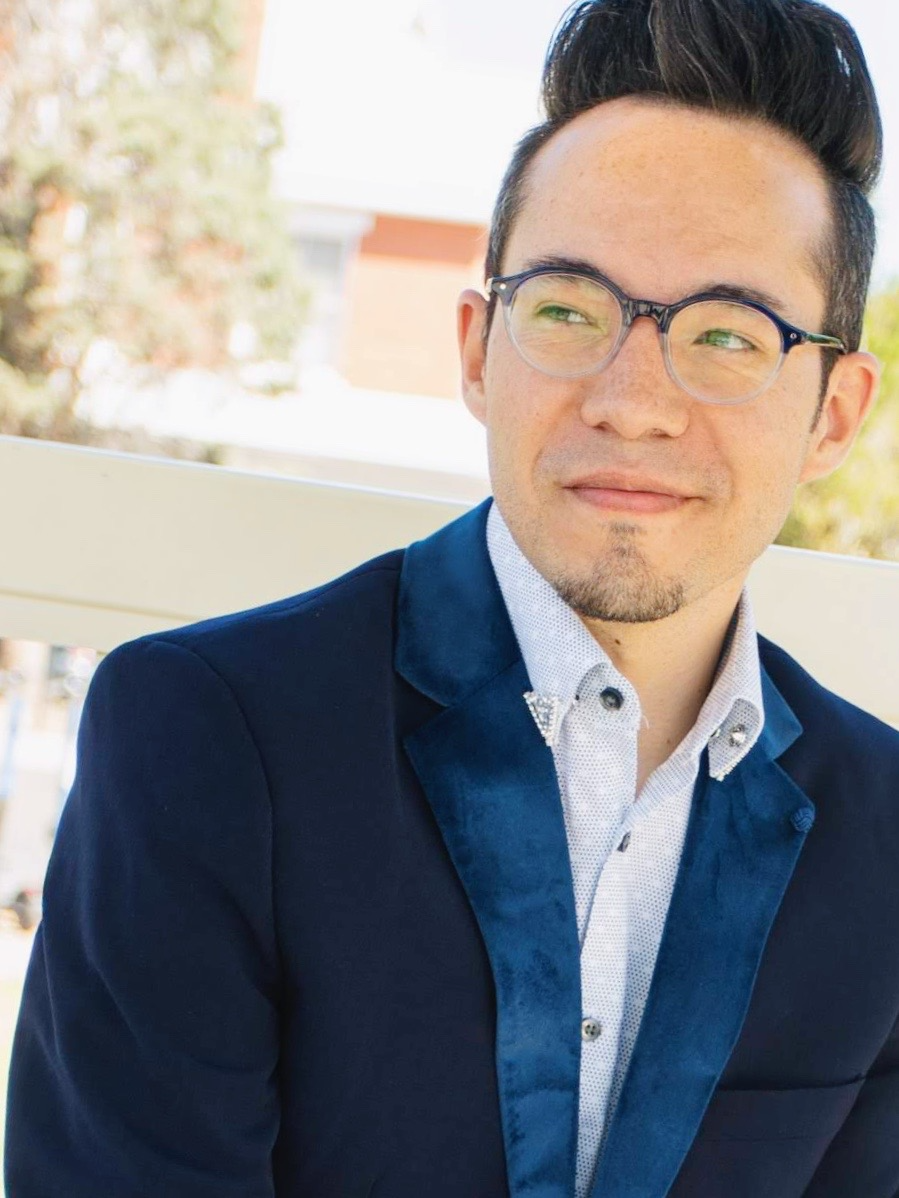The Athletic Voice: Opera is no longer reserved for the effete and the affluent.
/May 2005.By Christy DeSmith, The Rake.
Opera is not for entry-level art patrons. Generally, it’s something you dabble in only after mastering theater, orchestra concerts, show tunes, music videos, and punk rock. When you finally arrive at the altar of a 225-pound Valkyrie, well, it’s sort of what Richard Gere said to Julia Roberts in Pretty Woman: “Those who love it will always love it. Those who hate it might come to appreciate it, but they’ll never truly love it.”
Years after seeing Pretty Woman—and, thank heavens, listening to La Bohème on my bedroom stereo (I knew Mimi had tuberculosis, but I didn’t expect her to sound like a calf at the slaughterhouse), I now know that Gere’s line is only half-true. Sure, operatic singing immediately grabs some and repels others, but there are built-in obstacles to appreciating this art form. Pre-recorded and portable music, for one, reigns in our era; and as I learned with Mimi, the acoustic power of opera doesn’t translate well to recordings. One can not fall in love with Puccini via MP3.
Above all, would-be opera lovers need to feel welcomed to their seats. As it is, opera is snobby. It’s expensive. If the music doesn’t put you off, the ticket price and pageantry just might. The story of how American opera got so plumped up with pomp is a hundred-plus-year-old tale, peopled by nouveau riche who liked the idea of an exclusionary art form. No doubt, their hoity-toity traditions carry on in many ways; the pie charts for Minnesota Opera’s current audience demographics, for example, paint a picture of a rich, mostly white crowd with graduate degrees.
But elsewhere, there are hints that opera’s bodice is about to burst into populism. For starters, recent smaller, more intimate productions like Theatre de la Jeune Lune’s Maria de Buenos Aires or Theater Latté Da’s La Boheme drew sell-out crowds of casual theatergoers and avant-garde types wearing obscure denim labels. I recently watched a young man with a red Mohawk bound up the stairs at Jeune Lune to get a good seat, his wallet chain jingling against his pocket change (no one seemed surprised about him but me). Outside the theaters, bars are hosting opera recitals; a duo known as “Opera Babes” is making hit records; a gargantuan production of Carmina Burana is on a nationwide stadium tour; and—my favorite—classically trained singers are performing “hip-hopera,” operatic odes from Eminem and Ol’ Dirty Bastard. (Here’s hoping a Twin Cities station will pick up this trend, which currently flourishes on a hip-hop station in New York City).
It’s hard to pinpoint when this opera boom began, but the first leap toward the form’s democratization came in the 1980s and 1990s, with the advent of supertitles, which are much like foreign-film subtitles, but projected above the stage in huge type. For the first time, American audiences had a play-by-play translation of French, German, and Italian librettos—and thus an understanding of how truly sensational, even downright trashy, most opera stories are.
Then, in 1997, a National Endowment for the Arts study made a shocking discovery: Opera fans aren’t dying. In fact, the median age of an opera patron was on par with the fashionable theatergoing set and slightly younger than classical music concertgoers (all of whom hover in their mid-forties). Looking more closely at their forty-, thirty-, even twentysomething audience base, many opera companies “rebranded” themselves with sexy ad campaigns and edgier productions. Minnesota Opera even spawned a “Young Professionals Group,” which is just an urbane thing to call a singles club.
During this same time, small-scale opera productions started cropping up across the country. They were—and continue to be—revolutionary in many ways, but their key value is that they get people up close and personal with the noisemakers, which is essential to falling in love with the form. (Here, folks of modest means can afford the front-row sears.) Minnesota is home to one of the nation’s sexiest mini-opera booms, thanks in large part to Theatre de la Jeune Lune artistic director Dominique Serrand and his preferred troupe: a dashing baritone named Bradley Greenwald and the beautiful, crooning Baldwin sisters; but credit it also due to North Star Opera and Theater Latté Da.
Anecdotally, attendance at traditional theater productions appears to be flat, but opera shows, both big and small, are making bank. Both Jeune Lune’s Maria de Buenos Aires and Latté Da’s La Bohème had extended, sold-out runs; on the more traditional end of the spectrum, Minnesota Opera sells upward of ninety percent of its seats available in an average season. Of course, opera performances are not nearly as abundant as those for theater, but clearly arts patrons are flocking to the new opera options available to them.
For many Americans, operatic singing sounds as unnatural as Italian bluegrass or French rap. In the U.S. our ear for music is inevitably shaped by our own rich vocal traditions, spanning rock, country, blues, jazz, and hip-hop. Tying these disparate, home-grown forms together are vocal techniques that tend to toward intimacy and “throatiness.” Operatic singing, on the contrary, originates from places deeper in the body. Quite literally, young girls training as opera singers are told to sing from their vaginas (look closely and you occasionally will see a soprano holding herself there during her highest Cs). Aside from that gendered extreme, most musicians would agree that opera vocals originate in the abdomen, as opposed to rock music, which is more from the throat or the head.
These techniques can make opera sound inflated and piercing, especially to those who came of age listening to pop. So why are legions of younger Americans cozying up to that blaring sound now? The folks I know in the opera biz are elusive about the “heightened emotion” that colors opera, referring to the unrestrained, full-body effort operatic singing requires. Those of us with broader musical palates, however, usually find that operatic singing sounds no more or less emotional than, say, Johnny Rotten snarling his way through “God Save the Queen.”


